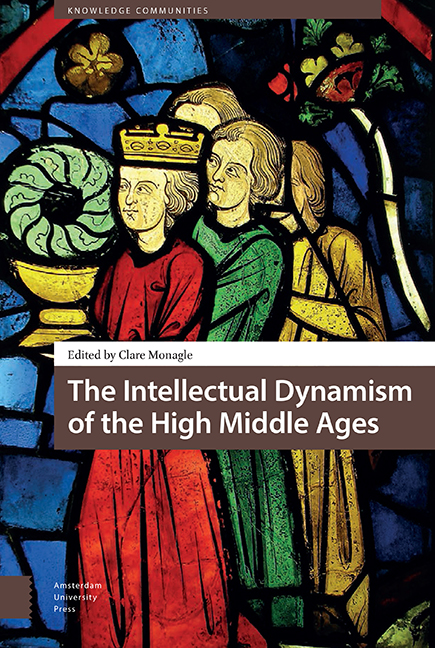Book contents
6 - Dirty Laundry: Thomas Becket's Hair Shirt and the Making of a Saint
Published online by Cambridge University Press: 16 July 2022
Summary
Abstract
The study of the events surrounding the murder of Archbishop Thomas Becket at the side altar of Canterbury Cathedral in December 1170 has focused primarily on the significance of the assassination itself as confirmation of his saintliness. As the body was finally being prepared for burial, the surprising discovery was made that underneath his stately vestments, Becket wore (and had long worn) a hairshirt, crawling with lice, maggots, and other vermin. All lingering suspicions that Becket's ‘conversion’ from worldly courtier to spiritual archbishop had been a pretense, a fabrication designed to bolster his claim to authority against King Henry II, fell away. It was the hairshirt, and not the murder, that made the martyr.
Keywords: Thomas Becket, Canterbury, Twelfth Century, England, Garnier of Pont-Sainte-Maxence, King Henry II
The documentary reconstruction of the history of the life and martyrdom of Thomas Becket of Canterbury has proven among the most vexing challenges for historians of twelfth-century Europe. Contemporary reports (those composed within fifteen or so years of the archbishop's fateful murder on 29 December 1170) abound, including accounts by his intimates and other participants in key events of Becket's career. But these voices speak in a bewildering and exasperating cacophony, as might be expected by the sheer number of vitae, as well as letters and other important pieces of evidence, available to the modern reader. At the end of the nineteenth century, Edwin Abbott, in his masterful attempt to collate the multitude of accounts of one crucial moment in Becket's career – the few hours surrounding his actual death – stated with evident frustration that examination of the extant narratives shows ‘how even eye-witnesses may have been misled, and may have misled others, as to important details, and also how easy and natural it was for the miraculous to intrude, even within five years of the Martyrdom’. Yet, recent scholars have doggedly sought to separate the wheat from the chaff so as to create a single coherent tale about Becket's procession from birth to afterlife, applying the critical tools of the modern historian to the rich body of evidence afforded by the many reports of the saint's deeds and words.
- Type
- Chapter
- Information
- The Intellectual Dynamism of the High Middle Ages , pp. 131 - 146Publisher: Amsterdam University PressPrint publication year: 2021

